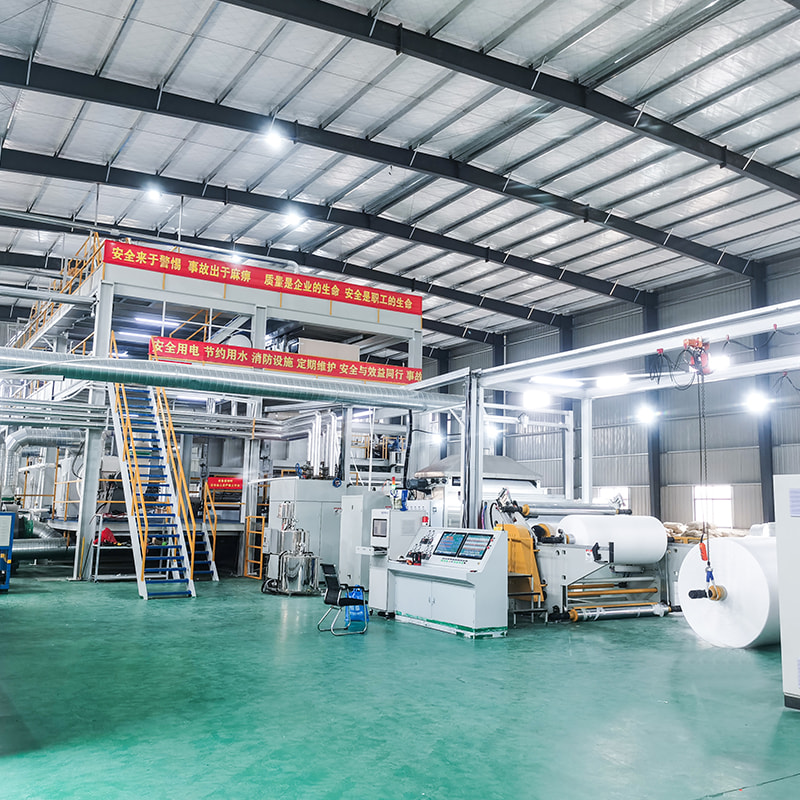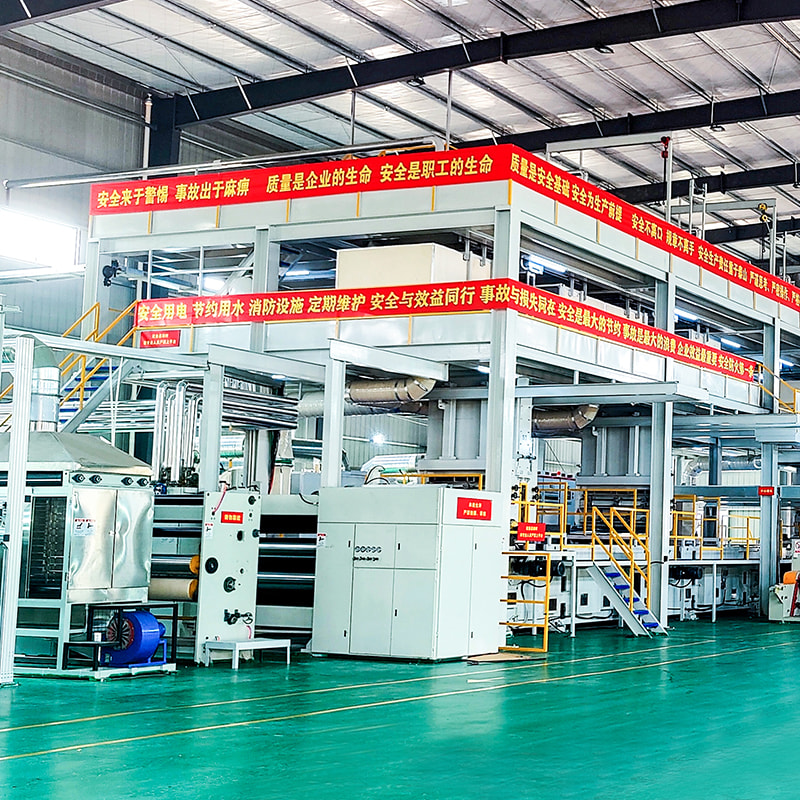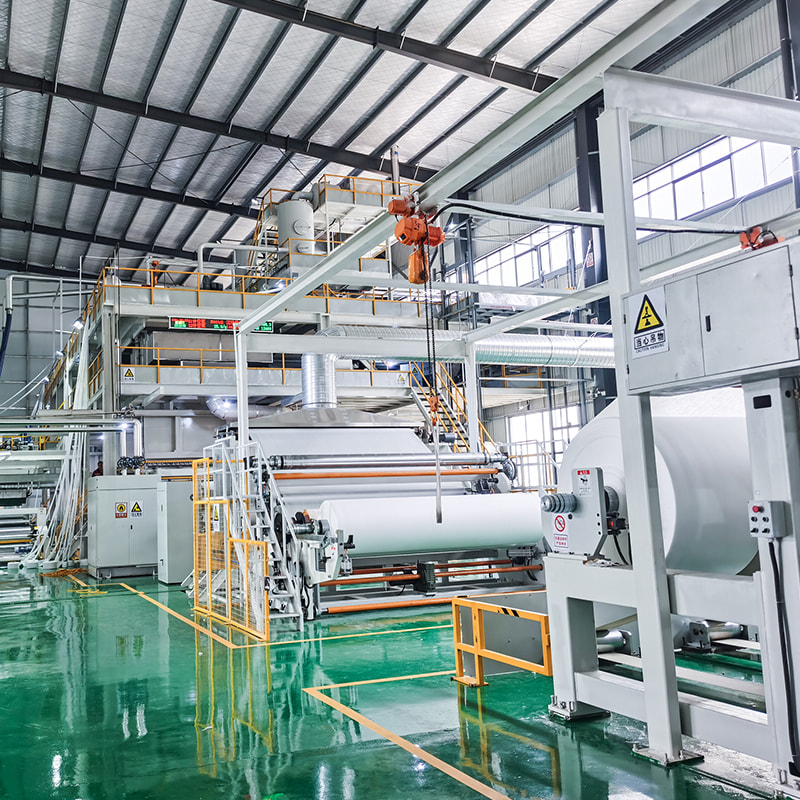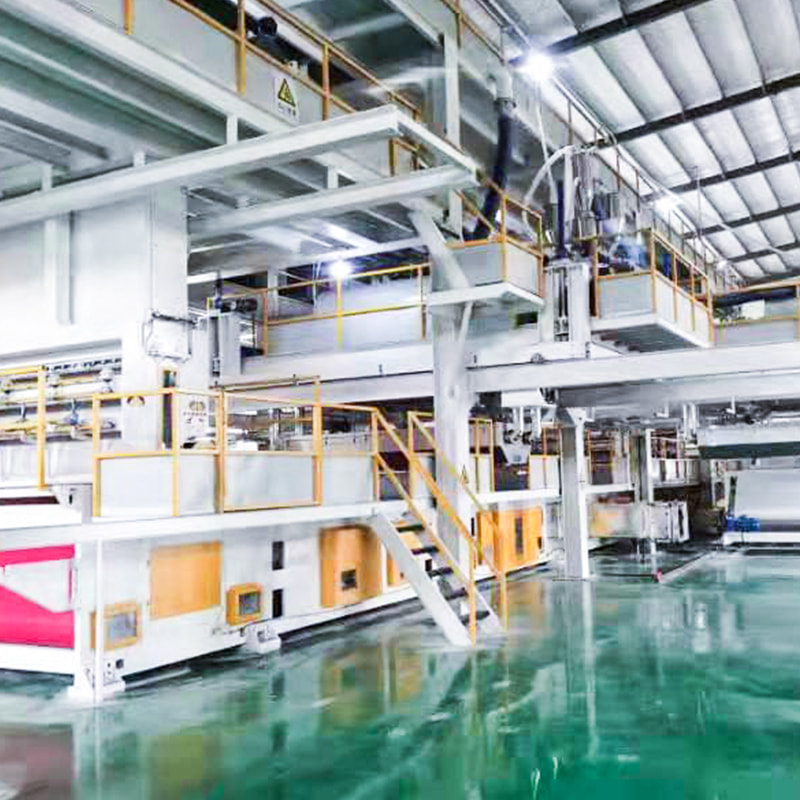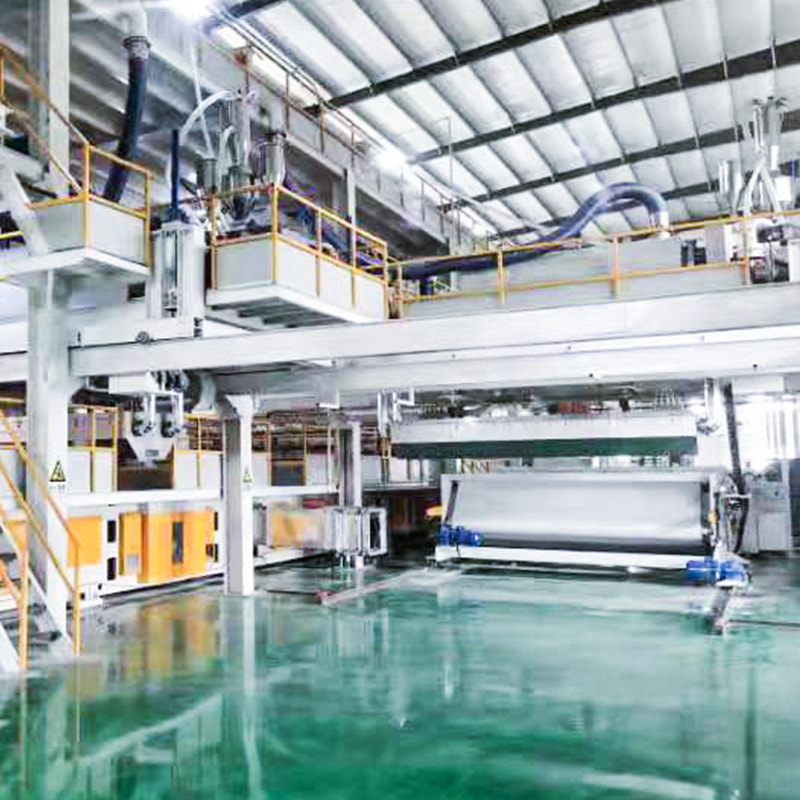What is Filament Denier in Nonwoven Fabrics?
Filament denier is a critical parameter in the manufacturing of nonwoven fabrics. It refers to the thickness or fineness of individual filaments used in these materials. Denier is a unit of measurement that describes the mass in grams of 9,000 meters of a filament. For nonwoven fabrics, controlling the denier of filaments is essential for determining the fabric's texture, strength, and overall performance in various applications.
The Role of Filament Denier in Nonwoven Fabric Properties
The denier of filaments directly influences the properties of nonwoven fabrics, such as their weight, softness, durability, and tensile strength. Below are key ways in which filament denier affects the material:
- Higher denier filaments contribute to increased fabric strength and stiffness.
- Lower denier filaments result in softer, more flexible fabrics that are ideal for applications like medical gowns and hygiene products.
- Denier impacts the fabric's absorbency and moisture-wicking properties.
- Fabrics with higher denier are more resistant to abrasion, making them suitable for industrial and automotive uses.
Applications of Nonwoven Fabrics Based on Filament Denier
Different industries use nonwoven fabrics in a variety of ways, with filament denier playing a key role in selecting the right material for the job. Some applications include:
- Medical and Hygiene Products: Nonwoven fabrics with lower denier filaments are used in products like surgical drapes, face masks, and diapers due to their softness and flexibility.
- Automotive Industry: Higher denier fabrics provide strength and durability, making them ideal for automotive seat covers, insulation, and headliners.
- Filtration Media: Nonwoven fabrics with fine denier filaments are used in air and liquid filtration due to their ability to trap particles effectively.
- Geotextiles: These fabrics, often used in construction, rely on higher denier for strength and durability to withstand harsh environmental conditions.
Understanding the Impact of Denier on Fabric Weight
Denier also influences the overall weight of nonwoven fabrics, which is a crucial factor in many industries. The weight of the fabric is determined by the denier of the filaments and the density of the fiber web. Fabrics with higher denier filaments tend to be heavier, while those with finer filaments (lower denier) are lighter. Fabric weight is important in applications where the material needs to provide comfort (e.g., apparel) or structural integrity (e.g., geotextiles).
Filament Denier and Fabric Weight: A Practical Example
For example, a nonwoven fabric made with 3-denier filaments will be lighter and softer compared to one made with 15-denier filaments. The choice of denier is driven by the specific requirements of the end application, such as weight, breathability, and strength.
How to Choose the Right Filament Denier for Your Application
Selecting the correct filament denier depends on several factors, including the intended use, required durability, and comfort. Here are some guidelines:
- For applications requiring softness and flexibility, such as hygiene products, opt for a lower denier range (1–5 denier).
- For industrial applications requiring durability and strength, such as geotextiles or automotive materials, choose a higher denier (10–20 denier).
- If a balance of properties is needed, such as in medical textiles, a mid-range denier (5–10 denier) might be suitable.
Future Trends in Filament Denier for Nonwoven Fabrics
As technology advances, the ability to control filament denier more precisely continues to improve. Manufacturers are exploring new ways to create finer, stronger filaments that can offer enhanced performance without compromising on other properties like comfort and softness. This is especially important in high-performance applications such as filtration, medical products, and automotive parts.
Innovations in Denier Technology
Research is ongoing into developing nanofibers with ultra-low denier, which could revolutionize industries by offering superior performance while reducing the environmental impact. These innovations are likely to make nonwoven fabrics lighter, more efficient, and even more sustainable in the future.



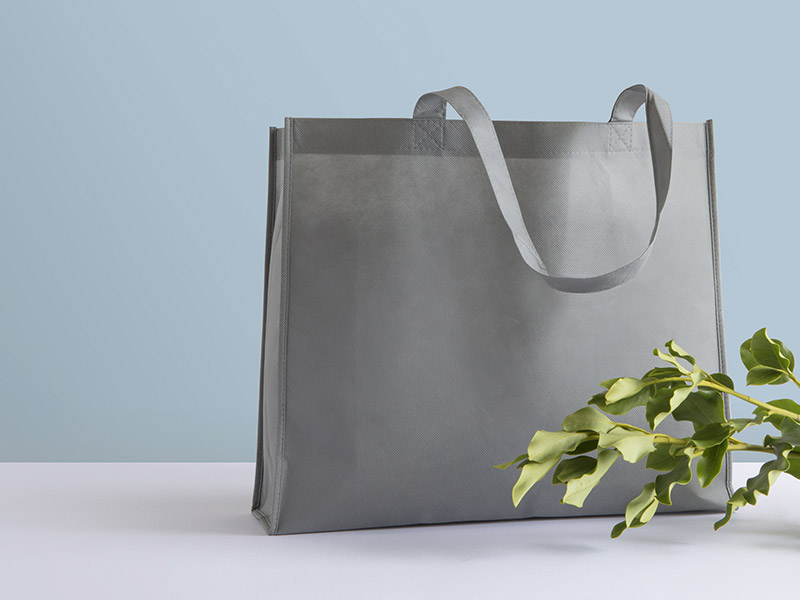
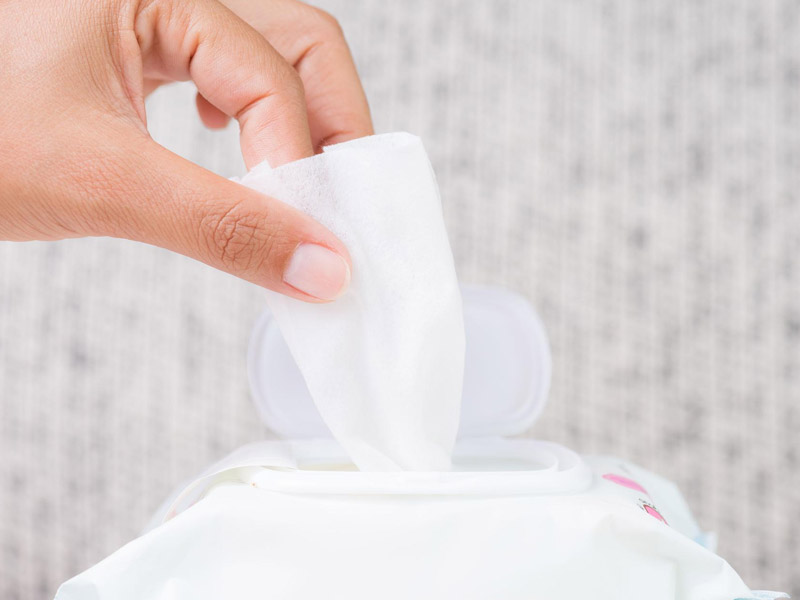
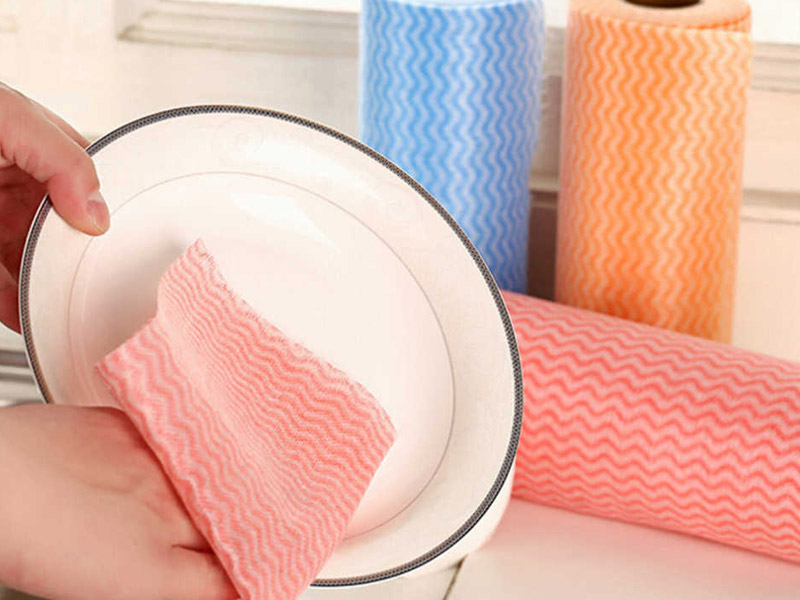
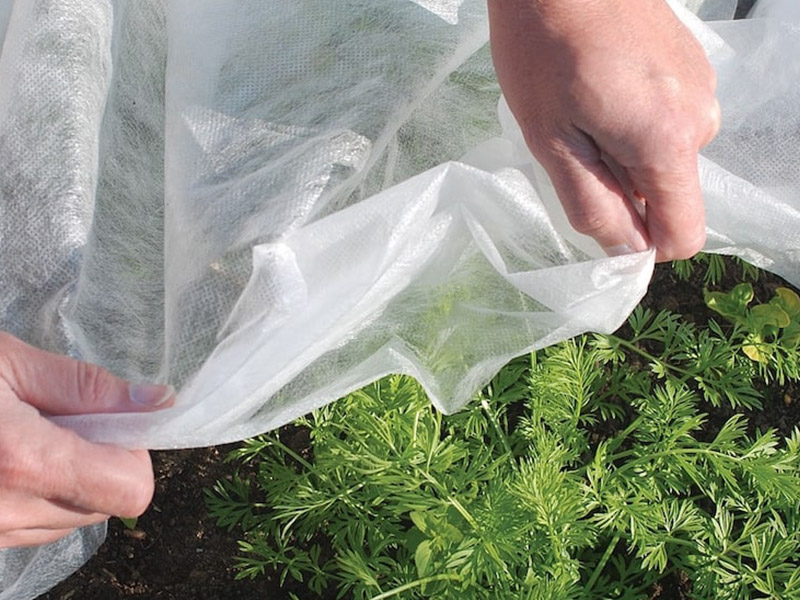
 English
English 中文简体
中文简体 русский
русский عربى
عربى